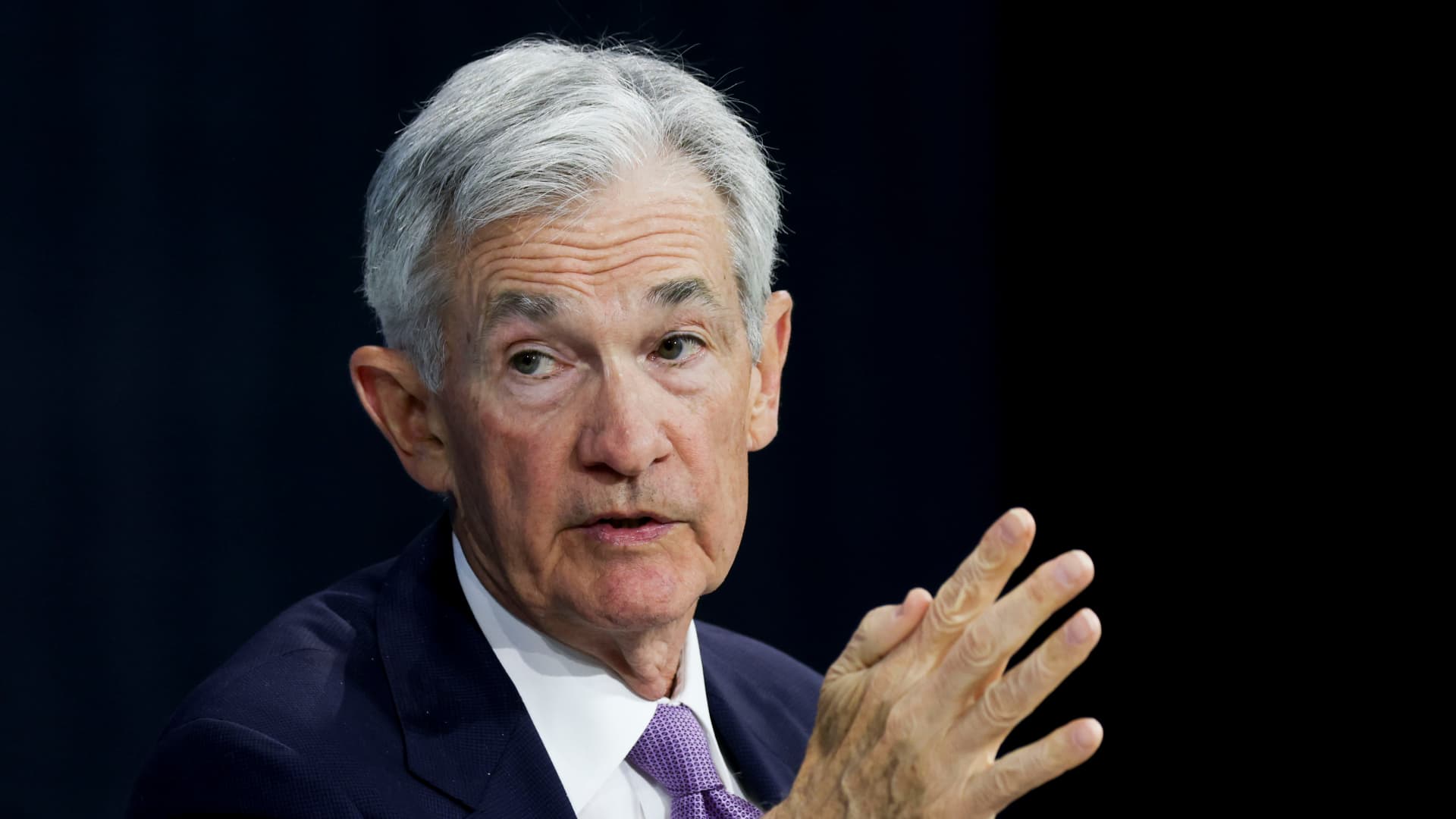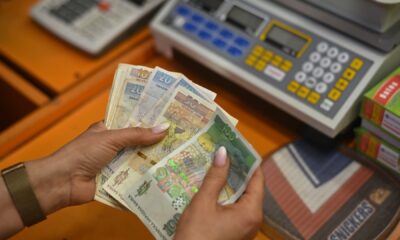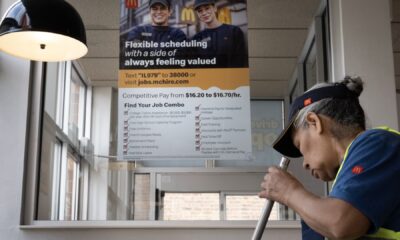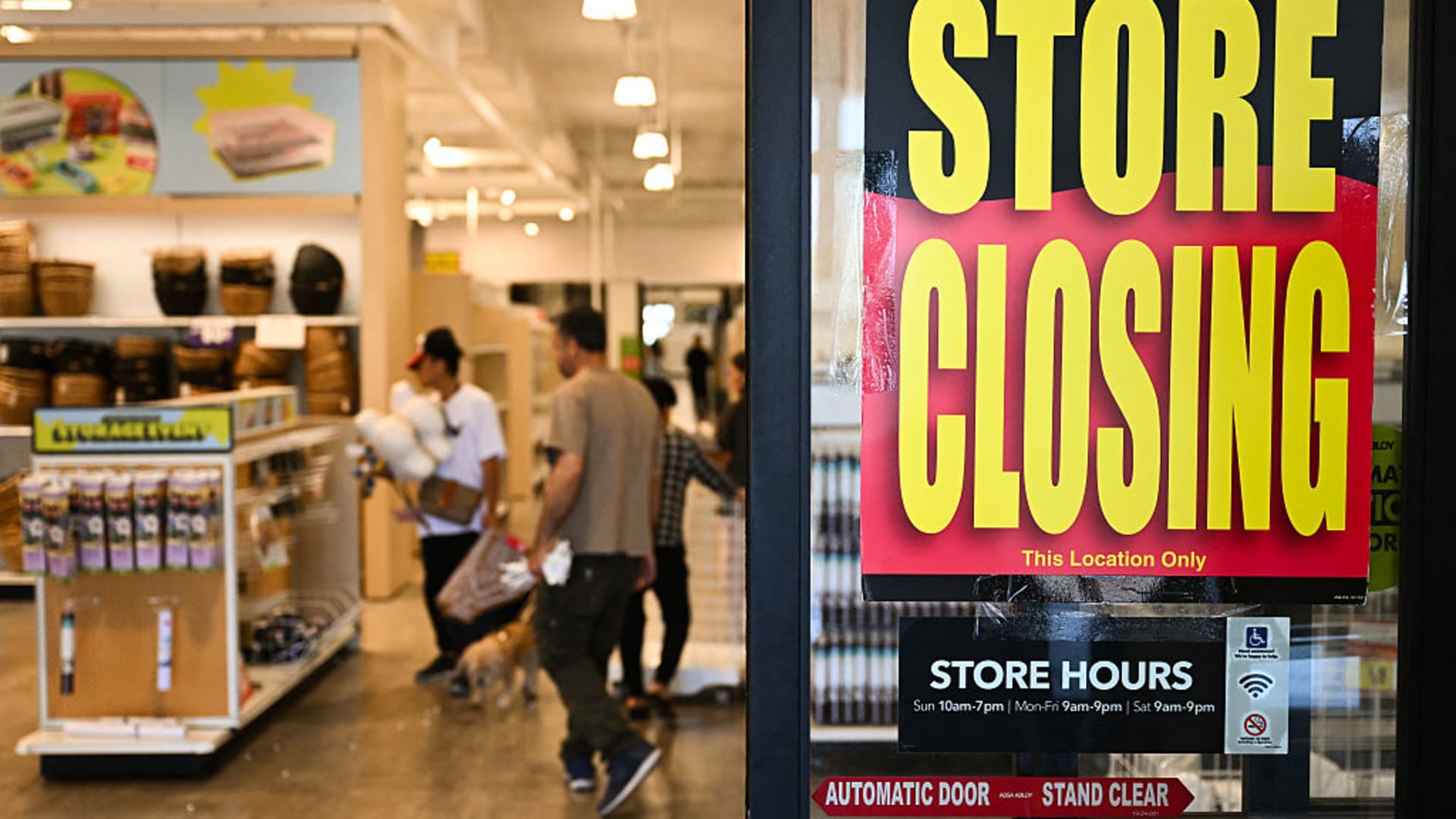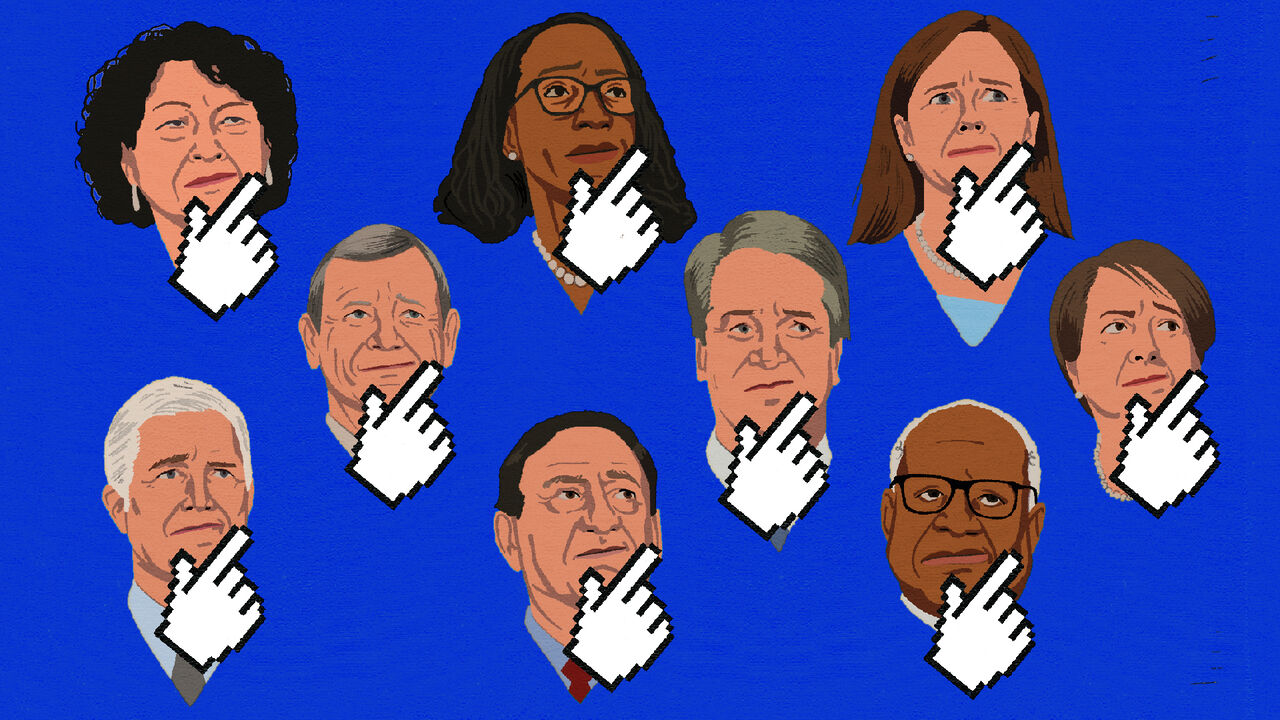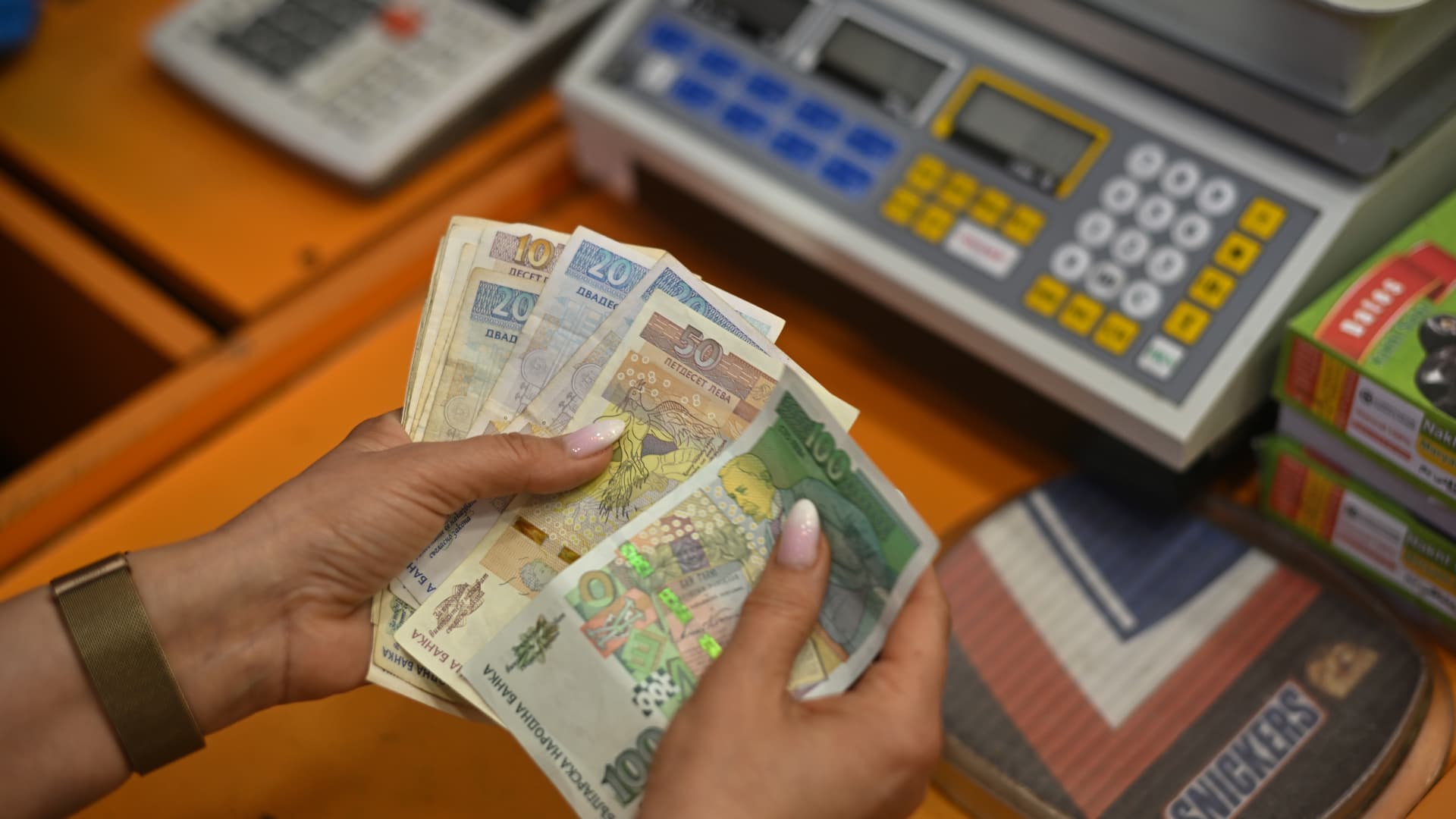Jerome Powell, chairman of the US Federal Reserve, during the New York Times DealBook Summit at Jazz at Lincoln Center in New York, US, on Wednesday, Dec. 4, 2024.
Yuki Iwamura | Bloomberg | Getty Images
Friday’s jobs report virtually cements that the Federal Reserve will approve an interest rate cut when it meets later this month. Whether it should, and what it does from there, is another matter.
The not-too-hot, not-too-cold nature of the November nonfarm payrolls release gave the central bank whatever remaining leeway it may have needed to move, and the market responded in kind by raising the implied probability of a reduction to close to 90%, according to a CME Group gauge.
However, the central bank in the coming days is likely to face a vigorous debate over just how fast and how far it should go.
“Financial conditions have eased massively. What the Fed runs the risk of here is creating a speculative bubble,” Joseph LaVorgna, chief economist at SMBC Nikko Securities, speaking on CNBC’s “Squawk Box,” said after the report’s release. “There’s no reason to cut rates right now. They should pause.”
LaVorgna, who served as a senior economist during Donald Trump’s first presidential term and could serve in the White House again, wasn’t alone in his skepticism about a Fed cut.
Chris Rupkey, senior economist at FWDBONDS, wrote that the Fed “does not need to be tinkering with measures to boost the economy as jobs are plentiful,” adding that the central bank’s stated intention to keep reducing rates looks “to be increasingly unwise as the inflation fire has not been put out.”
Appearing along with LaVorgna on CNBC, Jason Furman, himself a former White House economist under Barack Obama, also expressed caution, particularly on inflation. Furman noted that the recent pace of average hourly earnings increases is more consistent with an inflation rate of 3.5%, not the 2% the Fed prefers.
“This is another data point in the no-landing scenario,” Furman said of the jobs report, using a term that refers to an economy in which growth continues but also sparks more inflation.
“I’ve no doubt the Fed will cut again, but when they cut again after December is anyone’s guess, and I think it will take more of an increase in unemployment,” he added.
Factors in the decision
In the interim, policymakers will have a mountain of information to plow through.
To start: November’s payrolls data showed an increase of 227,000, slightly better than expected and a big step up from October’s paltry 36,000. Adding the two month’s together — October was hampered by Hurricane Milton and the Boeing strike — nets an average of 131,500, or slightly below the trend since the labor market first started to wobble in April.
But even with the unemployment rate ticking up 4.2% amid a pullback in household employment, the jobs picture still looks solid if not spectacular. Payrolls still have not decreased in a single month since December 2020.
There are other factors, though.
Inflation has started ticking up lately, with the Fed’s preferred measure moving up to 2.3% in October, or 2.8% when excluding food and energy prices. Wage gains also continue to be robust, with the current 4% easily surpassing the pre-Covid period going back to at least 2008. Then there’s the issue of Trump’s fiscal policy when he begins his second term and whether his plans to issue punitive tariffs will stoke inflation even further.
In the meantime, the broader economy has been growing strongly. The fourth quarter is on track to post a 3.3% annualized growth rate for gross domestic product, according to the Atlanta Fed.
Then there’s the issue of “financial conditions,” a metric that includes such things as Treasury and corporate bond yields, stock market prices, mortgage rates and the like. Fed officials believe the current range in their overnight borrowing rate of 4.5%-4.75% is “restrictive.” However, by the Fed’s own measure, financial conditions are at their loosest since January.
Earlier this week, Fed Chair Jerome Powell praised the U.S. economy, calling it the envy of the developed world and said it provided cushion for policymakers to move slowly as they recalibrate policy.
In remarks Friday, Cleveland Fed President Beth Hammack noted the strong growth and said she needed more evidence that inflation is moving convincingly toward the Fed’s 2% goal. Hammack advocated for the Fed to slow down its pace of rate cuts. If it follows through on the December reduction, that will equate to a full percentage point move lower since September.
Looking for neutral
“To balance the need to maintain a modestly restrictive stance for monetary policy with the possibility that policy may not be far from neutral, I believe we are at or near the point where it makes sense to slow the pace of rate reductions,” said Hammack, a voting member this year on the Federal Open Market Committee.
The only thing left on the docket that could dissuade the Fed from a December cut is the release next week of separate reports on consumer and producer prices. The consumer price index is projected to show a 2.7% gain. Fed officials enter their quiet period after Friday when they do not deliver policy addresses before the meeting.
The issue of the “neutral” rate that neither restricts nor boosts growth is central to how the Fed will conduct policy. Recent indications are that the level may be higher than it has been in previous economic climates.
What the Fed could do is enact the December cut, skip January, as traders are anticipating, and maybe cut once more in early 2025 before taking a break, said Tom Porcelli, chief U.S. economist at PFIM Fixed Income.
“I don’t think there’s anything in today’s data that would actually stop them from cutting in December,” Porcelli said. “When they lifted rates as much as they did, it was for a completely different inflation regime than we have right now. So in that context, I think Powell would like to continue the process of normalizing policy.”
Powell and his fellow policymakers say they are now casting equal attention on controlling inflation and supporting the labor market, whereas previously the focus was much more on prices.
“If you want until you see cracks from a labor market perspective and then you start to adjust policy down, it’s too late,” he said. “So prudence would really suggest that you start that process now.”

 Accounting1 week ago
Accounting1 week ago
 Economics1 week ago
Economics1 week ago
 Economics1 week ago
Economics1 week ago
 Personal Finance1 week ago
Personal Finance1 week ago
 Blog Post4 days ago
Blog Post4 days ago
 Economics5 days ago
Economics5 days ago
 Personal Finance1 week ago
Personal Finance1 week ago
 Finance1 week ago
Finance1 week ago
